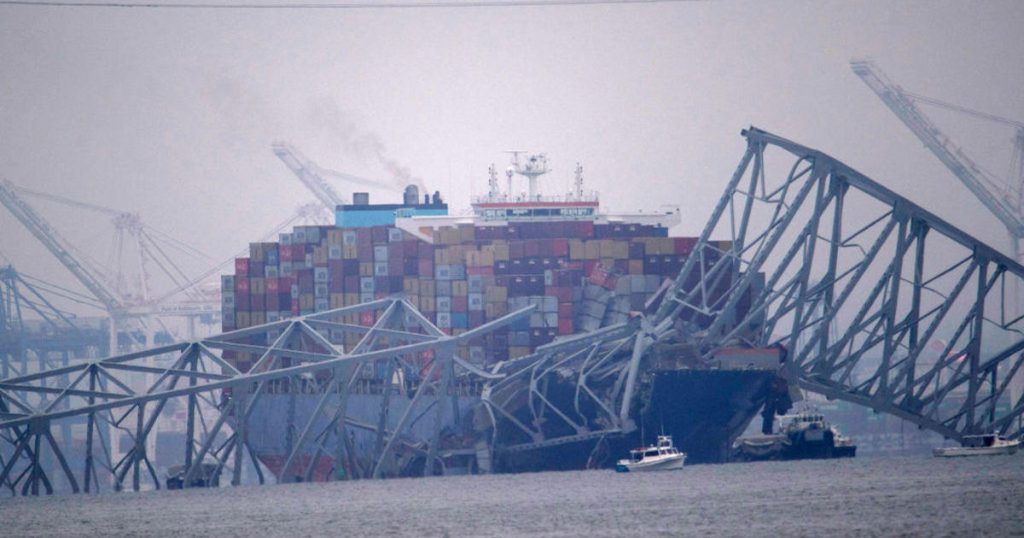In the aftermath of the collapse of the Francis Scott Key Bridge in Maryland, CBS News has reported that a majority of bridges in the U.S. lack any form of impact protection. This lack of protection was highlighted by the recent incident where a cargo ship collided with the bridge, causing it to fall into the Patapsco River. These types of accidents are not new, as a similar collision occurred at the Sunshine Skyway Bridge in 1980, resulting in 35 fatalities. After that incident, building codes were changed to require increased protection for bridges built after 1991, such as structures called fenders and dolphins that absorb impacts.
The Key Bridge, built in the 1970s, did not meet the current code requirements for impact protection. Retired bridge engineer Andy Herrmann explained that retrofitting or upgrading the bridge to meet current standards would involve hardening the piers, installing a fender system, or adding an island in front of the bridge to deflect vessels. However, the National Bridge Inventory shows that only 36% of the 4,207 bridges in the U.S. that allow ships to pass under them have functional pier protection, including the Key Bridge. Specific details about the protection levels of each bridge and their ability to withstand impacts are not provided in the inventory.
Jim Salmon of the Delaware River and Bay Authority expressed shock at the impact the cargo ship had on the Francis Scott Key Bridge. To prevent a similar tragedy, Delaware is investing $95 million in upgrading protections on the Delaware Memorial Bridge. These improvements include new dolphin cells to protect the tower structures in case of collisions with large vessels. Salmon emphasized that these upgrades serve as an “insurance policy” to ensure the bridge’s safety in the event of a ship losing steering control. Once completed, the Delaware Memorial Bridge will be protected from even larger and faster ships than the one involved in the Key Bridge collision.
Structural engineer Matthew Roblez stated that the Key Bridge could have benefited from a fender system to minimize the impact of the collision. While he believes it may have been difficult to completely prevent the collision, protective systems could have helped dissipate the kinetic energy and reduce the severity of the crash. The NTSB is investigating the Key Bridge collapse, and Chair Jennifer Homendy highlighted the concerning number of bridges in the U.S. that are considered “fracture critical,” meaning the failure of one support piece could result in a total collapse. The question remains whether this recent disaster will prompt the federal government to mandate updated protections for older bridges across the country.
The aftermath of the Key Bridge collapse has brought attention to the need for better impact protection for bridges in the U.S. Despite changes in building codes after previous bridge disasters, many older bridges still lack adequate protection measures. The ongoing investigation into the Key Bridge collapse will likely lead to discussions about updating regulations to ensure the safety of bridges nationwide. As the NTSB examines the structural integrity of bridges and the impact of collisions, the focus will be on implementing measures to prevent similar tragedies in the future.


